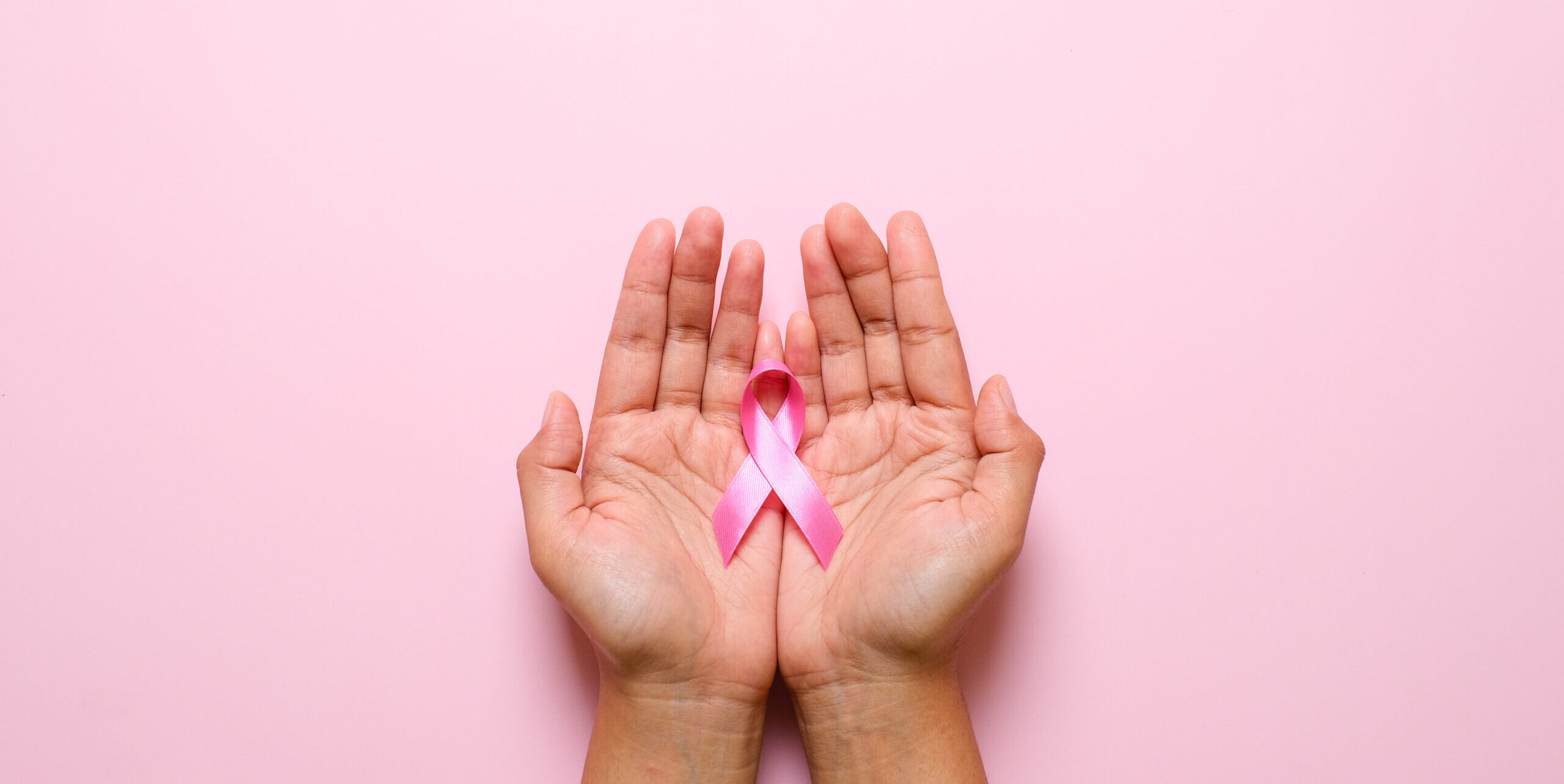

October is Breast Cancer Awareness Month
By: Lillian Witting, MPH Coordinator of Research, Education, and Programs and Silke Schoch, Senior Manager of Research and Programs
October is National Breast Cancer Awareness Month, and you can celebrate by learning about breast cancer prevention and getting a mammogram. Breast cancer accounts for 12.5% of all new annual cancer cases worldwide, while 13%, about 1 of 8 of U.S. women, will develop invasive breast cancer in the course of their lives.1 It is the second most frequently diagnosed cancer in women in the U.S., and the leading cause of cancer death for Black and American Indian/Alaska Native women, highlighting the importance of targeted and equitable approaches to prevention and treatment. Organizations such as the Black Breast Cancer Alliance and the American Indian Cancer Foundation provide information and resources for these communities.1
Early detection of breast cancer by mammograms can increase the number of treatment options and reduce the risk of mortality. It is recommended that women ages 45-54 be screened annually and move to bi-annual screening at the age of 55 or older.1,2 In addition, a recent 2022 study of over 300,000 women in the Breast Cancer Surveillance Consortium who received mammograms between 1996-2016 showed that those who have a first-degree relative (parent, sibling, or child) diagnosed with breast cancer are advised to receive breast cancer screening around 5-8 years earlier than the relative’s diagnosis age.3 Although breast cancer is rare in men, mammograms are not routinely offered, so it is recommended that men be screened if they have a family history of breast cancer as they are at higher risk.
Signs of breast cancer include, “…a lump or mass in the breast; persistent changes to the breast, including skin thickening, breast swelling, or skin redness; and nipple abnormalities.”2 Rates of diagnosis are rising slightly however, treatment for the disease has improved and the five year relative survival rate for females is 90.8%.2,4 Patients, caregivers, and their support community dealing with breast cancer are not alone and can reach out to patient advocacy groups for help. NHC member groups — such as the American Cancer Society and Susan G. Komen — and many treatment centers can connect families with support groups, oncology social workers, counseling, education, nutrition classes, and financial assistance.
References
- Breast Cancer Facts & Figures 2022-2024. American Cancer Society; 2022. Accessed October 18, 2023. https://www.cancer.org/content/dam/cancer-org/research/cancer-facts-and-statistics/breast-cancer-facts-and-figures/2022-2024-breast-cancer-fact-figures-acs.pdf
- Cancer Facts & Figures 2023. American Cancer Society; 2023. Accessed October 18, 2023. https://www.cancer.org/content/dam/cancer-org/research/cancer-facts-and-statistics/annual-cancer-facts-and-figures/2023/2023-cancer-facts-and-figures.pdf
- Durham DD, Abraham LA, Roberts MC, et al. Breast cancer incidence among women with a family history of breast cancer by relative’s age at diagnosis. Cancer. 2022;128(24):4232-4240. doi:10.1002/cncr.34365
- Cancer of the Breast (Female) – Cancer Stat Facts. SEER. Accessed October 19, 2023. https://seer.cancer.gov/statfacts/html/breast.html


